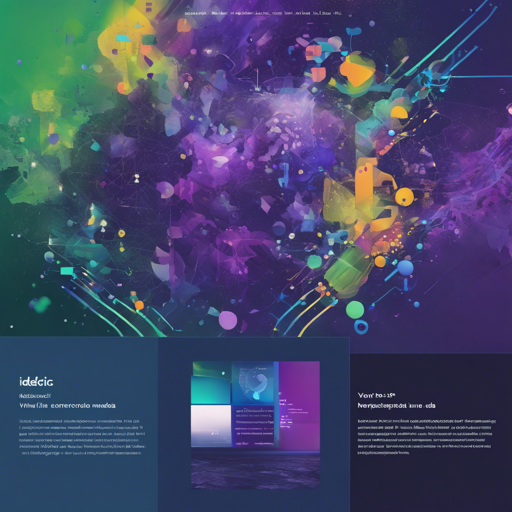Welcome to the exciting world of Idefics3! This open multimodal model created by Hugging Face brilliantly merges image and text data, providing a rich tool for tasks that require understanding both visual and textual information. In this article, we’ll guide you through the process of utilizing Idefics3 and highlight some key features and troubleshooting suggestions.
What is Idefics3?
Idefics3 is a state-of-the-art model designed to process sequences of images and texts, producing text outputs based on this input. You can think of it as a talented storyteller who combines elements of photography and narrative to create a cohesive story. It can answer questions based on images, describe what it sees, or generate textual narratives that relate to visual content.
Key Features of Idefics3
- Multi-modal capabilities: Seamlessly integrates images and text.
- Enhanced understanding: Significantly improves OCR and visual reasoning tasks compared to its predecessors, Idefics1 and Idefics2.
- Open-source: Released under the Apache 2.0 license, making it accessible for various applications.
Installation Guide
To get started, it’s important to first install the correct version of the Transformers library. Since the latest version may not be available yet, you have to install it from source using the following pull request. This ensures that you have access to Idefics3 functionalities.
How to Use Idefics3
Here’s a simple code snippet to demonstrate how you can generate text from image inputs using Idefics3:
python
import requests
import torch
from PIL import Image
from io import BytesIO
from transformers import AutoProcessor, AutoModelForVision2Seq
from transformers.image_utils import load_image
DEVICE = 'cuda:0' # Ensure you have GPU support
image1 = load_image('https://cdn.britannica.com/6193061-050-99147DCE/Statue-of-Liberty-Island-New-York-Bay.jpg')
image2 = load_image('https://cdn.britannica.com/5994459-050-DBA42467/Skyline-Chicago.jpg')
processor = AutoProcessor.from_pretrained('HuggingFaceM4Idefics3-8B-Llama3')
model = AutoModelForVision2Seq.from_pretrained('HuggingFaceM4Idefics3-8B-Llama3', torch_dtype=torch.bfloat16).to(DEVICE)
messages = [
{'role': 'user', 'content': [{'type': 'image'}, {'type': 'text', 'text': 'What do we see in this image?'}]},
{'role': 'assistant', 'content': [{'type': 'text', 'text': 'In this image, we can see the city of New York, and more specifically the Statue of Liberty.'}]},
{'role': 'user', 'content': [{'type': 'image'}, {'type': 'text', 'text': 'And how about this image?'}]}
]
prompt = processor.apply_chat_template(messages, add_generation_prompt=True)
inputs = processor(text=prompt, images=[image1, image2], return_tensors='pt')
inputs = {k: v.to(DEVICE) for k, v in inputs.items()}
generated_ids = model.generate(**inputs, max_new_tokens=500)
generated_texts = processor.batch_decode(generated_ids, skip_special_tokens=True)
print(generated_texts)
Breaking It Down: Understanding the Code
Imagine Idefics3 as a virtual assistant who needs several pieces of information to produce a useful output. In this analogy:
- Images: These are like photographs of events you want your assistant to comment on.
- Messages: Each component of the input message represents a customer requesting insights or information about the photographs.
- Model: Think of this as the skilled assistant who processes all the information and crafts responses tailored to the questions posed.
Troubleshooting Ideas
As you dive into using Idefics3, you may encounter some bumps along the way. Here are a few troubleshooting tips:
- Installation Issues: Ensure that you’re using the correct version as per the pull request linked above. Check for any dependencies that may not be installed.
- Performance Problems: If the model is running slowly or crashing, consider reducing the input image size or using a more powerful GPU.
- Outputs Too Short: If you find the generated responses lack depth, try altering your prompts. A helpful prefix like “Let’s fix this step by step” can guide the model to produce more comprehensive answers.
For more insights, updates, or to collaborate on AI development projects, stay connected with fxis.ai.
Final Thoughts
At fxis.ai, we believe that such advancements are crucial for the future of AI, as they enable more comprehensive and effective solutions. Our team is continually exploring new methodologies to push the envelope in artificial intelligence, ensuring that our clients benefit from the latest technological innovations.

